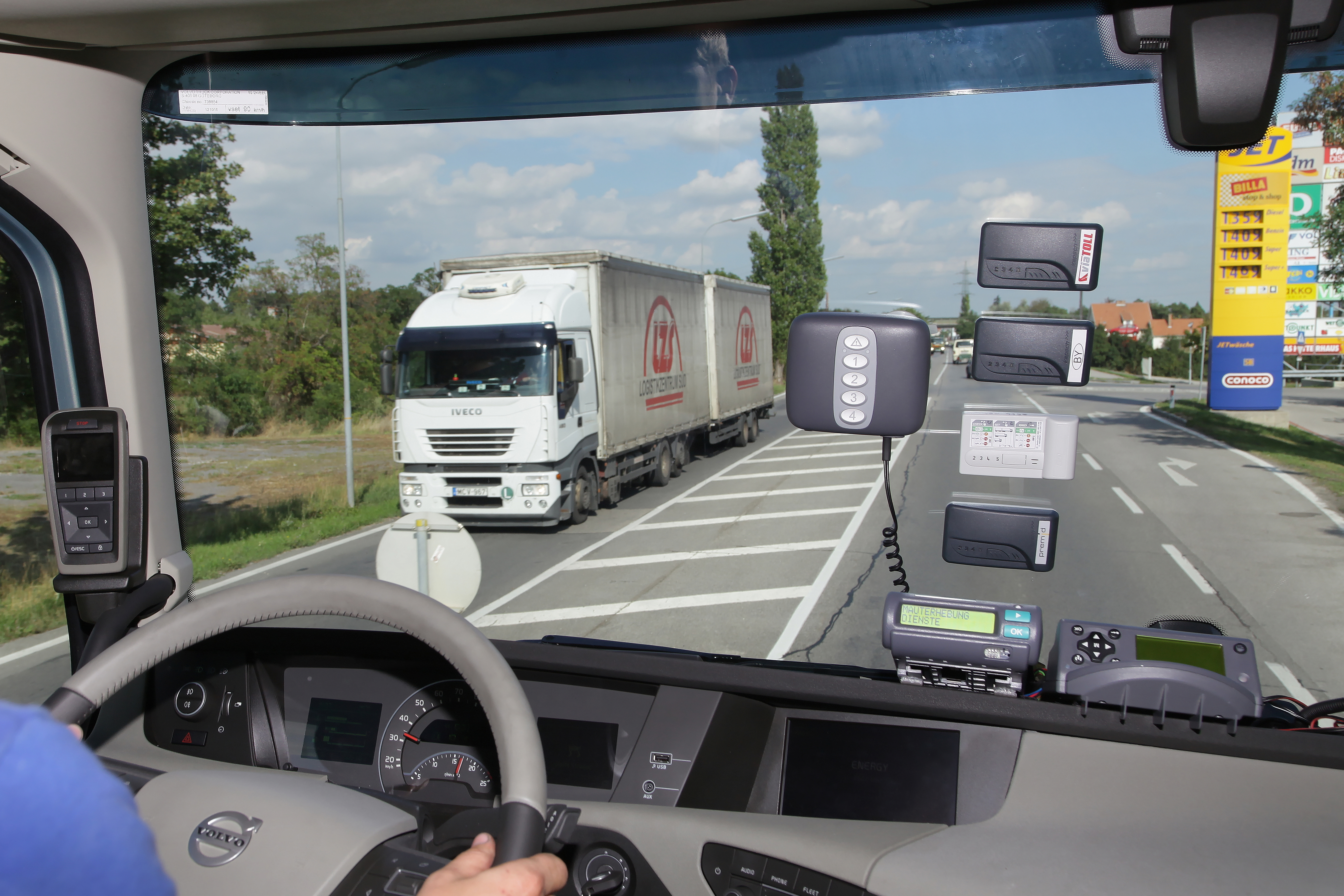
Arno Klamminger and Wolfgang Fleischer from Kapsch’s ETC Business Unit outline a new back office solution which addresses the ongoing changes in the road user charging sector.
The rapidly increasing scale of some Road User Charging (RUC) schemes, both current and proposed, presents systems developers and manufacturers with significant opportunities in terms of product sales.
However, it also presents them with significant challenges - and size is but one part – as at regional, national and international levels, the sophistication and multiplicity of types of RUC schemes is driving a need for greater adaptability and ingenuity amongst systems suppliers.
Several factors contribute to this: From the perspective of national governments and other public- and private-sector organisations wishing to implement large-scale RUCs – there is a desire to spread risk and not find themselves in a monopolistic supply situation. Recently, there have been instances of technology solutions being acquired from multiple suppliers even within the same projects.
At both the national and international levels, there is a political and commercial desire to increase interoperability between previously discrete RUC/tolling schemes. Within the European Union (EU), such aspirations are manifested in initiatives such as the long-in-gestation European Electronic Toll Service (EETS) as well as a number of existing bilateral and multilateral agreements, some of which are cross-border in nature. In the US meanwhile there is the recently launched ‘hub’ which is intended to facilitate inter-agency transactions on a nationwide scale.
Against all of this is set a desire where possible and practical to reuse existing infrastructure. Clearly, there is little economic or environmental sense in ripping out and replacing perfectly good technology if it can be made to work together in pursuit of policy ambitions which may have emerged or matured since installation.
Historical context
In the past, tolling system suppliers have enjoyed the relative luxury of supplying complete solutions – and often for closed RUC schemes, such as for truck tolling on specific corridors. These are schemes which in retrospect seem very straightforward in nature but they have allowed solutions providers to be able to make certain presumptions at the development and deployment stages and to give certain guarantees in terms of total system performance.However, the emerging procurement environment – which has been reflected in several recent requests for proposals and must now be considered a trend – requires them to be able to provide piecemeal solutions which will work with new and existing systems from multiple sources.
Issues arise because of how total solutions have developed historically.
Over the past couple of decades there has been a progression from traditional tolling which is/was wholly cash-based, via electronic toll collection to multi-lane free-flow. This has resulted in tolling solutions which have developed and increased in capability over time.
These tend to be monolithic in nature, in that the functional blocks that exist within are very tightly interwoven. But now systems providers are increasingly being asked to tear into these proprietary products – which, especially in Europe, are nevertheless standards-compliant – but only satisfy parts of the regulations. This prevents a single supplier from being able to guarantee a system’s overall efficacy – something which by nature they are inclined to do as distinguisher in terms of fitness for purpose. It also requires the provision of interfaces usable by multiple entities, to selected applications (such as enforcement) which were never originally expected to operate in isolation.
Starting over
Therefore the industry needs to take another look at how it does things because the practice of massaging the existing monoliths to enable them to meet the requirements of each new project is inadequate in the face of where the market is currently heading.
There are significant issues of scalability and sophistication to address but as a starting point there needs to be the ability to split the toll charger and service provider functions – and to do so in a modular fashion.
Functions such as customer management, enforcement and payment handling, must be clearly separated and reusable over and again, and the interfaces between the functional blocks must be clearly defined. Nevertheless, there remains a need to be able to offer a complete solution as well as its constituent parts – because, while future implementations will include some very large RUC schemes, there continues to be a market for smaller, holistic entities. Moreover, as is already apparent, those smaller procurements should not be prevented from becoming part of a larger whole somewhere down the line.
Another aspect of the ‘monolithic’ approach is that the solutions arrived at were sharply defined in terms of size of user. There were, in simplistic terms, monoliths which were aimed at nation-sized authorities and those which fulfilled the requirements of concession-sized organisations. The prime difference was in the enforcement element. Concessions tend to view non-payers as non-frequent users and therefore violators to whom citations should be despatched, while with national schemes, there is a greater emphasis on enforcement and catching a non-payer before they have the opportunity to leave the country.
Scalable, modular back office
In contrast to the monolith or holistic approaches, a scalable, modular system can cater for both private concessionaires and nationwide system operators.
In recent months
Defining toll chargers and service providers
Toll chargers are those organisations which carry out the collection of user fees at the front end, on the roads and other infrastructure.
Service providers are those which sit behind and facilitate invoicing and reconciliation services, as well as other customer relationship management functions such as the issuance of OBUs.
The numbers of service providers which need to be catered for can be considerable - Hungary alone has 27. There may also be a need to consider front-end system retention from a road user perspective – where there are existing tolling brands in the market, existing large-scale OBU distributions and so on.Absolute geographical scale – in any country – depends on political decisions. At the largest and most complex end of the scale there might be a desire, for example, to move to RUC for all vehicles on all roads while utilising a variety of legacy front-end technologies. Whatever the political decision on tolling strategy, be that all vehicle tolling, highway only, all roads or urban, Kapsch considers its new, modular back office to have the capacity to cater for national RUC schemes. And, where there is a need to scale further, the new solution’s architecture has been designed to enable seamless communication between two or more back offices.
This inter-back office facility caters for developments in the European RUC market, where there is a trend, driven by both national governments and the EU, towards larger solutions with a cross-border, interoperable flavour.
At the other end of the scale, the new back office can also cope with market conditions such as those found in the US, where a concession model continues to dominate and a higher level of configurability is often desired.
To cater for the global market, the new back office solution is compatible with all types of toll collection system: manual fee collection, video/automatic number plate recognition, DSRC/RFID-based tolling and GNSS (Global Navigation Satellite System). As far as can be ascertained, this is the first back office solution of this kind to reach the market.
A new beginning
Viewed in strategic terms, the arrival of a building-block based back office solution gives the procurers and implementers of the larger-scale RUC schemes the opportunity to go forward using multiple and different front-end solutions. It increases competition between front end suppliers and affords more independence. It also opens the door to players like fleet management entities such as satnav providers or specialist dedicated fleet management companies to come into the RUC arena and it also facilitates the realisation of EETS and similar interoperability entities.
The result is a more open market and a greater likelihood that RUC will achieve greater take-up on the part of political decision -makers, road authority managers and concessionaires by virtue of being regarded as simpler to implement than previous systems.
- Arno Klamminger is vice president of Kapsch’s ETC Business Unit and Wolfgang Fleischer is responsible for portfolio management & international coordination.











